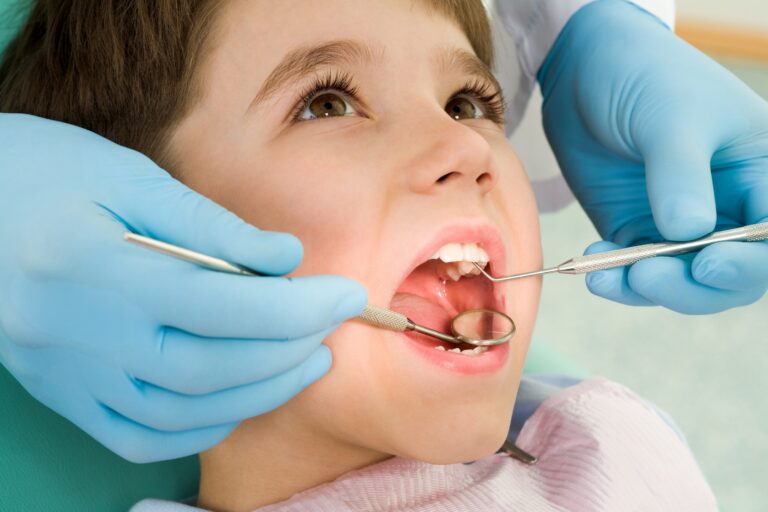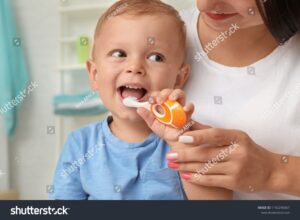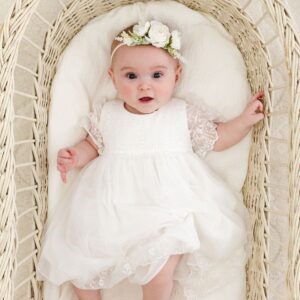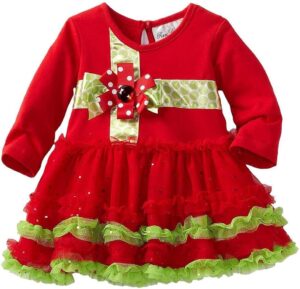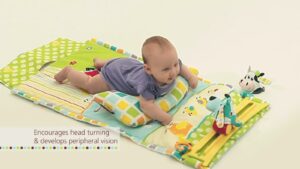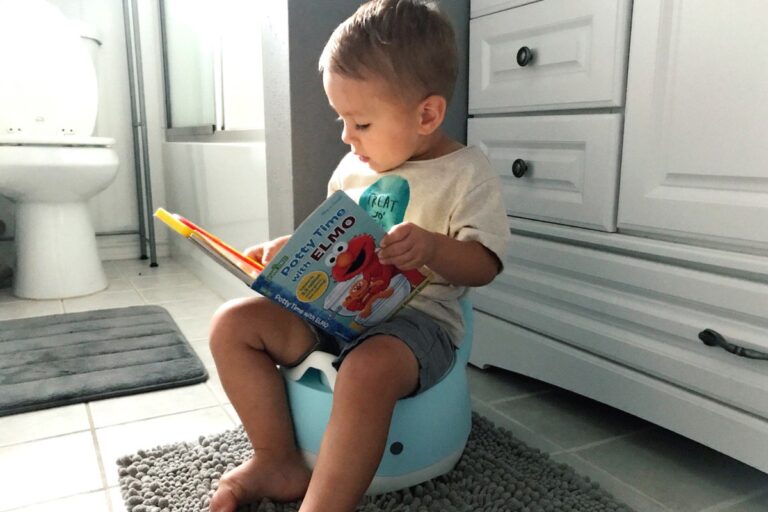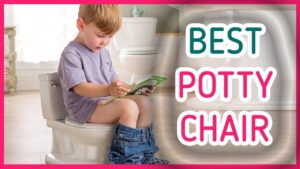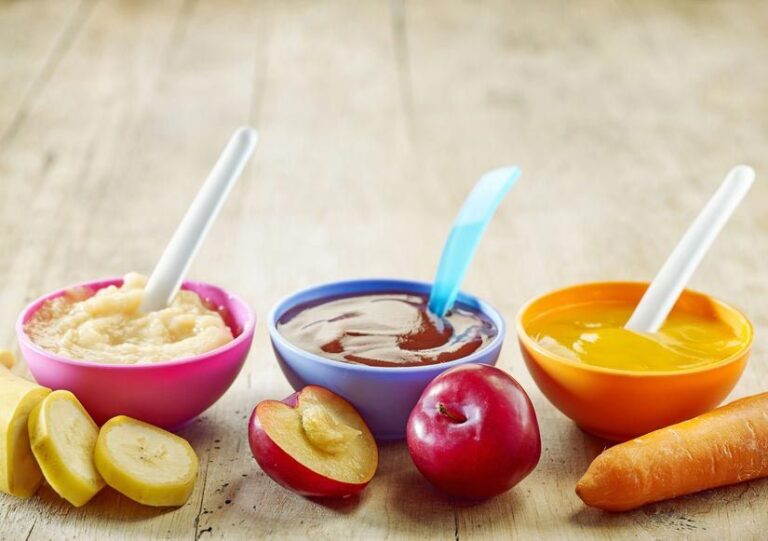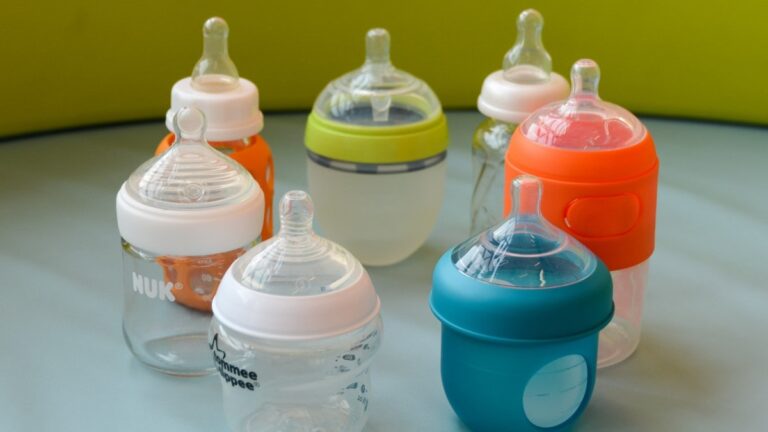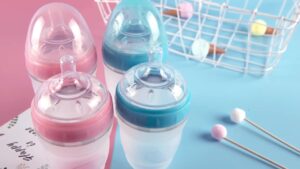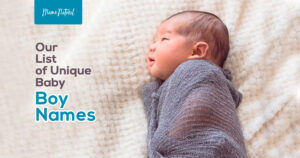Understanding the Causes of Brown Stains on Baby Teeth
Natural Causes and Genetics
Some kids might have brown stains on their teeth despite good oral hygiene. Genetics can play a role, with enamel strength and tooth color influenced by family history. Additionally, thin enamel in baby teeth can make them more prone to discoloration. Learn how to remove brown stains from baby teeth with effective home remedies, professional treatments, and prevention tips. Keep your child’s smile bright and healthy!
Diet and Staining Foods
Foods like berries, soy sauce, and even certain beverages like apple juice can stain teeth over time. Sugary and acidic foods create the perfect environment for bacteria, leading to discoloration.
Preventing Brown Stains Before They Occur
Proper Brushing Habits
Ensure your child brushes twice a day with a soft-bristled toothbrush. Make it a fun activity by using a toothbrush with their favorite character or playing a two-minute song.
Limiting Sugary and Acidic Foods
Sugars are like a feast for bacteria in your child’s mouth. Limit their intake of candy, sodas, and fruit juices. Instead, encourage water or milk.

Effective Home Remedies to Remove Brown Stains
Baking Soda for Gentle Cleaning
A pinch of baking soda mixed with water can act as a mild abrasive to scrub away stains. Use it sparingly to avoid damaging enamel.
Coconut Oil Pulling
Swishing coconut oil in the mouth (oil pulling) is a natural way to remove bacteria. While it’s safe for older kids, ensure your little one can handle this technique.
Brushing with a Kid-Friendly Toothpaste
Choose a toothpaste with fluoride, specifically designed for children. This helps protect enamel and remove surface stains without being harsh.
Professional Dental Treatments
Polishing and Scaling
A dentist can use professional tools to polish away stains. This is a safe and effective method for stubborn discoloration.
Fluoride Applications
Fluoride strengthens enamel, making teeth less susceptible to stains and decay.
When to Seek Professional Help
Persistent Stains
If stains remain despite good oral hygiene, it’s time to consult a pediatric dentist. They’ll assess whether deeper issues are at play.
Other Warning Signs
Bad breath, sensitivity, or discomfort while eating could indicate an underlying problem requiring immediate attention.

Role of Diet in Maintaining Oral Health
Foods That Help Keep Teeth White
Crunchy fruits and vegetables like apples and carrots act as natural toothbrushes, scrubbing away plaque.
Hydration and Rinsing After Meals
Drinking water after meals helps wash away food particles, reducing the risk of staining.
Best Practices for Long-Term Oral Hygiene
Developing Daily Habits
Consistency is key. Help your child brush every morning and night, and teach them to floss as they grow.
Choosing the Right Toothbrush for Kids
Look for toothbrushes with soft bristles and a small head. Replace them every three months or sooner if bristles fray.
Myths About Brown Stains on Baby Teeth
Are Stains Always Caused by Poor Hygiene?
Not necessarily. Factors like medication or diet often contribute, even when brushing is consistent.
Does Whitening Toothpaste Work for Kids?
Whitening toothpaste can be too abrasive for baby teeth. Stick to kid-friendly options.
Understanding the Impact of Medications
Antibiotics and Teeth Stains
Certain antibiotics like tetracycline can cause discoloration. Always consult your doctor about alternatives.
Iron Supplements and Their Effects
Iron supplements might stain teeth. Brushing immediately after consumption can minimize the risk.
Importance of Regular Dental Checkups
Early Detection of Issues
Routine dental visits help spot potential problems like cavities or discoloration early on.
Educating Parents About Baby Teeth Care
Dentists can guide you on the best practices for maintaining your child’s oral health.
Using Fluoride for Baby Teeth
Benefits of Fluoride
Fluoride strengthens teeth, making them resistant to decay and staining.
Balancing Fluoride Use
Too much fluoride can cause fluorosis, so monitor its use carefully.
Encouraging Kids to Maintain Oral Hygiene
Fun Toothbrushing Techniques
Turn toothbrushing into a game. Use apps or brushing charts to make it exciting.
Reward Systems for Consistency
Offer small rewards like stickers for brushing twice daily.
Addressing Parental Concerns
Common Questions Parents Ask Dentists
Parents often worry if brown stains are permanent. Rest assured, many are treatable.
Building Confidence in Dental Care
Helping kids understand the importance of clean teeth ensures they carry good habits into adulthood.
Tips for a Bright and Healthy Smile
Everyday Practices
Encourage brushing, flossing, and rinsing after meals. Healthy habits are the foundation of a bright smile.
Importance of Parental Supervision
Supervise brushing to ensure kids do a thorough job.
Products to Help Prevent Stains
Kid-Friendly Toothpastes
Choose options with fluoride and fun flavors your child will enjoy.
Fluoride-Free Alternatives
For parents concerned about fluoride, there are many effective alternatives.
FAQs About Brown Stains on Baby Teeth
1. Are Brown Stains Permanent?
No, many brown stains are removable with proper care and professional treatments.
2. Can Overbrushing Cause Stains?
Overbrushing doesn’t cause stains but can wear down enamel, making teeth appear discolored.
3. At What Age Should My Child See a Dentist?
Schedule the first visit by their first birthday or when the first tooth appears.
4. Are Brown Stains a Sign of Tooth Decay?
Not always. However, stains combined with sensitivity might indicate decay.
5. How Can I Encourage My Child to Brush Regularly?
Make it fun with games, rewards, and involvement in choosing their dental tools.


